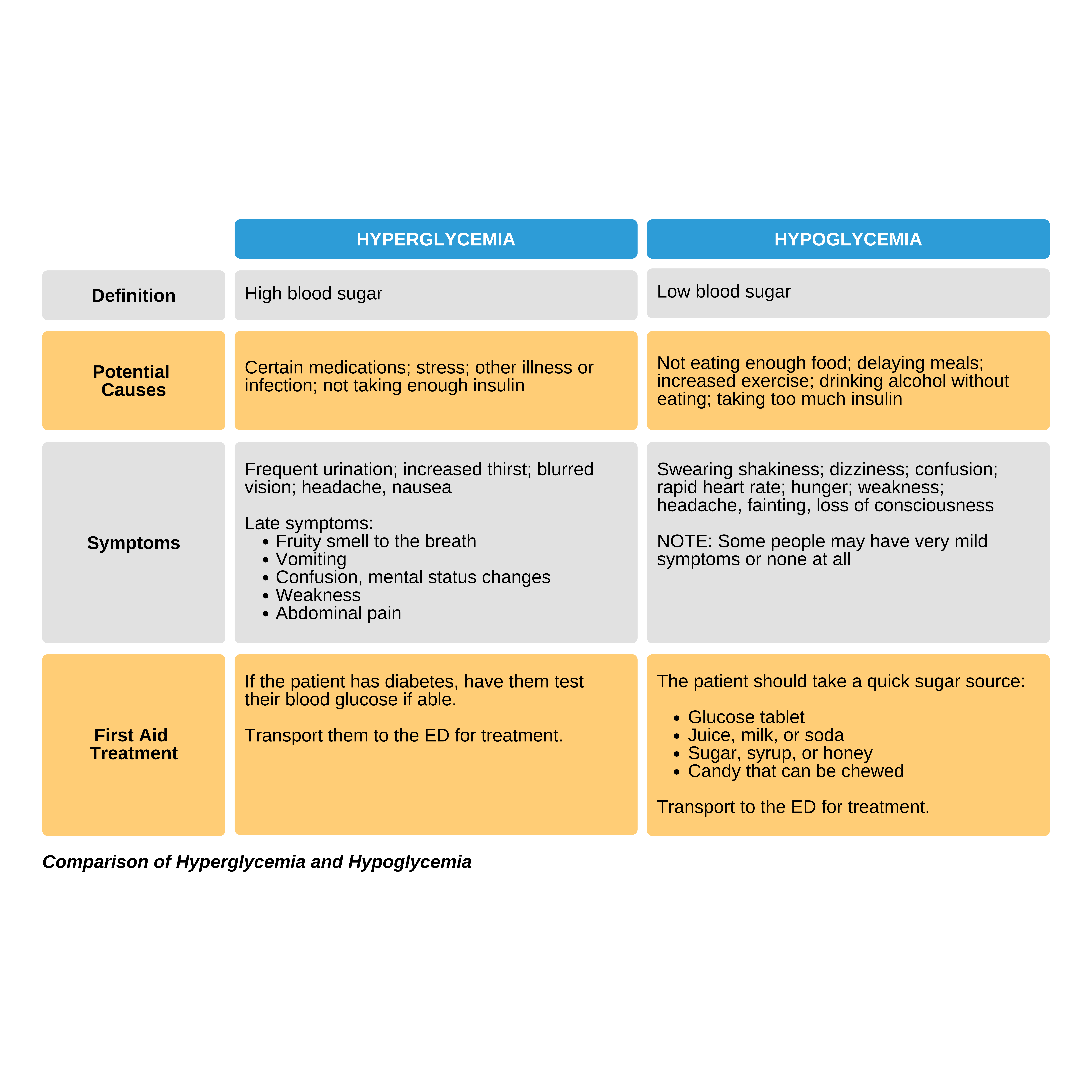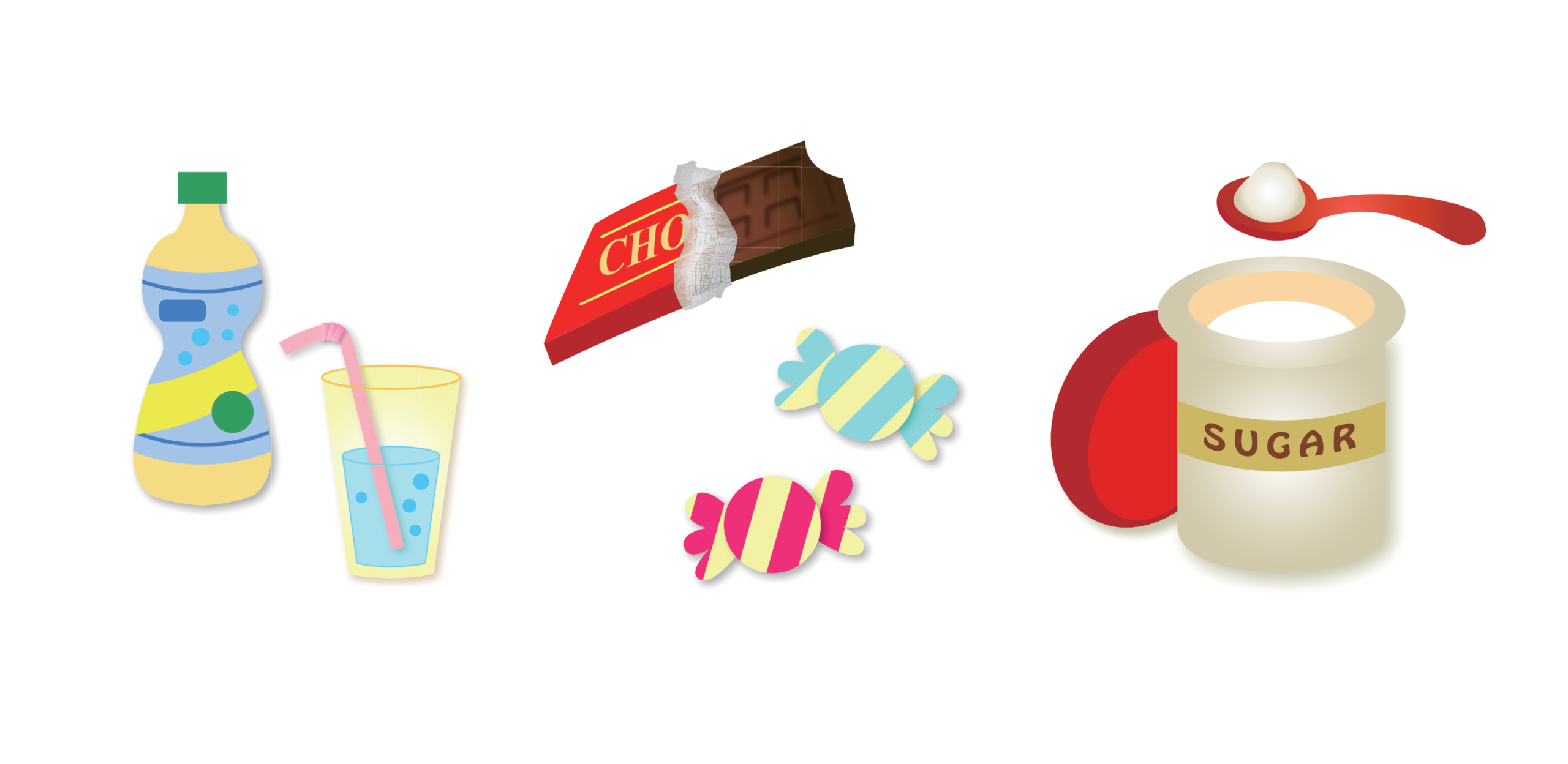Hypoglycemic Emergencies
Hypoglycemic Emergencies
Signs and Symptoms of Hypoglycemia
Hypoglycemia is a condition where there is a lack of sugar in the blood. It can occur in a person that has not eaten anything, but more likely in diabetic patients on medications who inadvertently take too many oral antihyperglycemic agents or insulin.
People experiencing hypoglycemia will complain of fainting, weakness, hunger, tremors, cold sweats, cold, clammy skin, confusion, irritability, rapid heart rate, and can even lose consciousness.
First Aid Interventions in Hypoglycemia
Individuals with hypoglycemia are usually feeling weak, and they should be made to sit down. They might already carry a diagnosis of diabetes mellitus and have mistakenly taken too much insulin or antihyperglycemic medications. Many of them will have a blood glucose monitoring kit, so it is good to have them test their blood sugar levels. A blood sugar level of below 3.9 mmol/L or 70 mg/dL is considered hypoglycemia.
Patients with diabetes are also usually instructed by their physician to have a sugar source in case hypoglycemia occurs. If they are symptomatic and their blood sugar is low, or if there is no test kit available but a good reason to believe the cause of their symptoms is hypoglycemia, have them take their sugar source. They can also ingest drinks or food with high sugar content.
If there has not been significant improvement after taking a glucose source, then there may be another cause of their symptoms. In this case, responders should call 9-1-1 and continue to monitor the patient until EMS arrives.

Comparison of Hyperglycemia and Hypoglycemia

Quick Sugar Sources